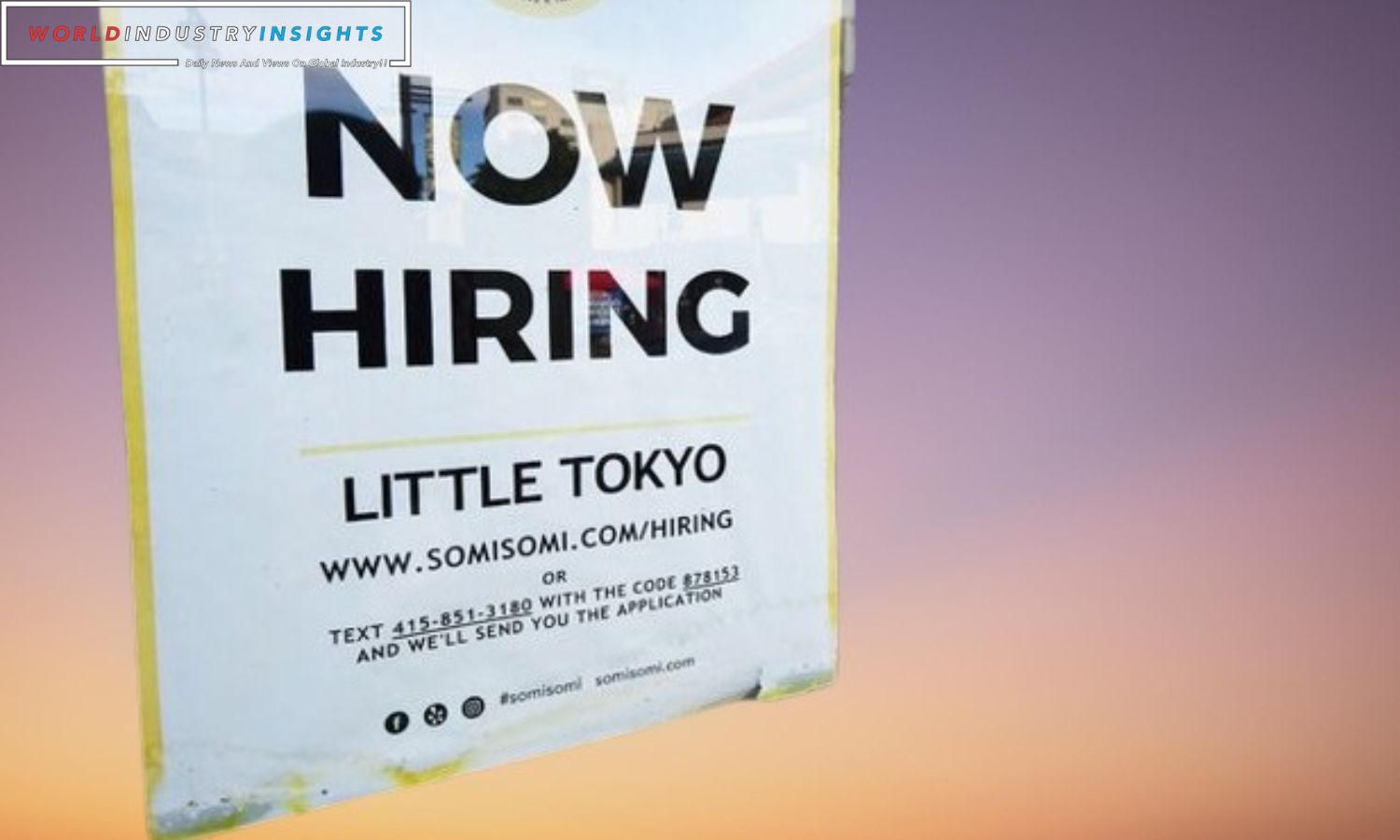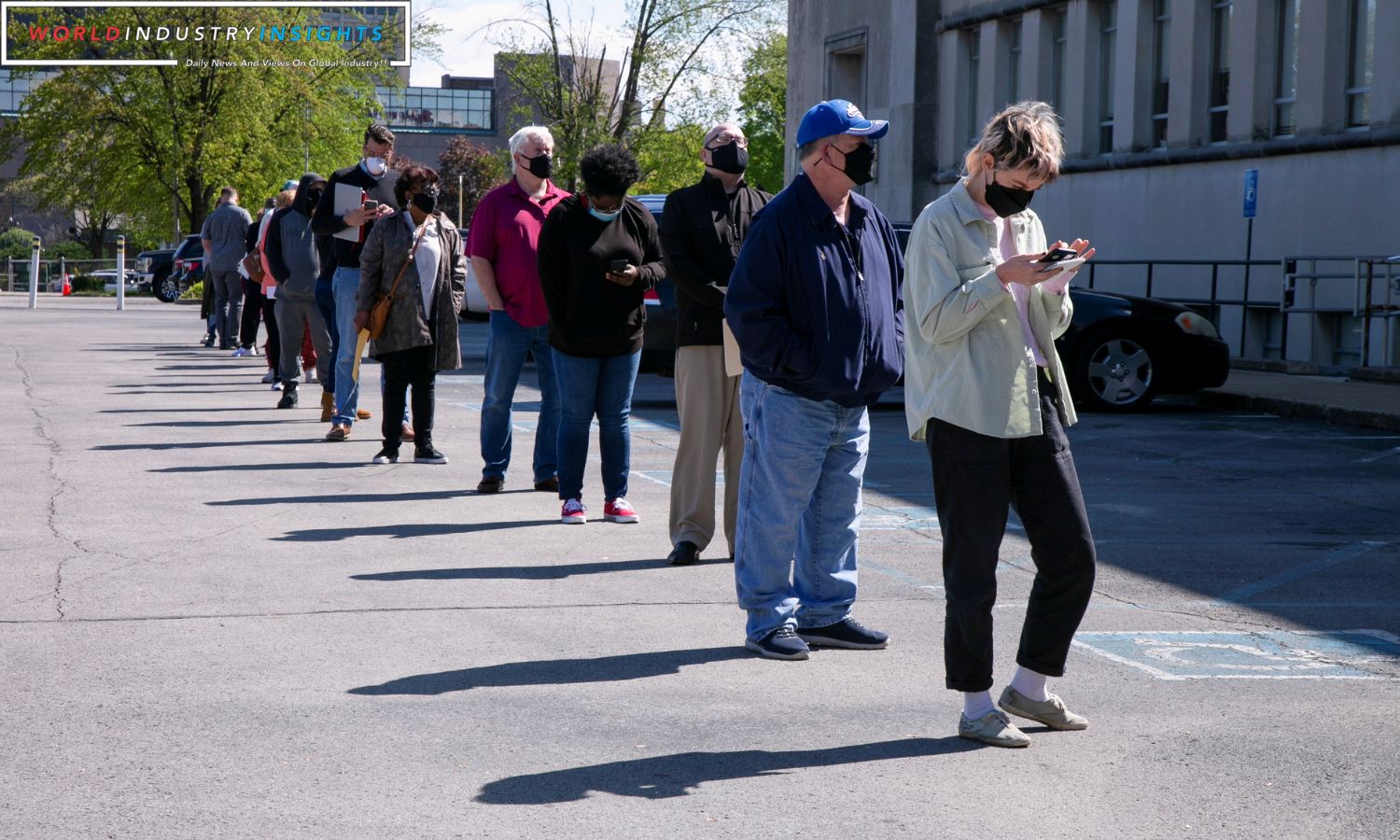Labor Market Juggles: In the latest labor market update, the number of Americans filing new claims for unemployment benefits has declined more than anticipated. However, this positive development is overshadowed by the overarching sentiment that the labor market is gradually slowing due to the impact of higher interest rates on overall economic demand.
The weekly jobless claims report from the Labor Department, released a day early due to the Thanksgiving holiday, revealed a drop in both initial and continuing claims. While this might suggest an improvement, unemployment rolls remain near the highs observed earlier this year. The decline is attributed to ongoing challenges in ironing out seasonal fluctuations from the data.
Economists and financial markets have concluded that the Federal Reserve is likely done hiking interest rates in the current cycle. Despite the positive dip in jobless claims, the broader view suggests a labor market that is cooling but still robust enough to preclude considerations for rate cuts in the near future.
Nancy Vanden Houten, lead U.S. economist at Oxford Economics, notes that looking past seasonal noise, the claims data align with a job market cooling enough to avoid rate hikes but too strong for rate cuts to be a consideration anytime soon.
The Federal Reserve‘s minutes from its recent meeting acknowledged that labor market conditions had eased since earlier in the year, partly due to recent increases in labor supply. Financial markets are anticipating a rate cut in mid-2024, according to CME Group’s FedWatch Tool. However, most economists view a rate cut as premature.
Concerns about inflation are evident, with a University of Michigan survey indicating consumers anticipating higher inflation in the near and long term. The rise in inflation expectations, particularly over the next five years to the highest level since 2011, could be a cause for concern among policymakers. The Federal Reserve has hiked its policy rate by 525 basis points since March 2022.
Also Read: US Consumer Sentiment Improves: Inflation Fears Ebb, Labor Market Confidence Rises
While there are differing opinions among economists, some argue that the increase in inflation expectations is not evident in other related measures. A survey from the New York Fed in October showed softer inflation expectations.
Despite signs of a slowing labor market, there are indications that this moderation is broadening. The Bank of America Institute noted a rise in “pay disruptions” in 2023, consistent with rising joblessness. This phenomenon, previously confined to higher-income groups, seems to be extending to middle- and lower-income cohorts. Additionally, there is a significant slowdown in job-to-job moves, aligning with slower hiring and workers’ reluctance to change jobs amid economic uncertainty.
The upcoming data on the number of people receiving benefits after an initial week of aid will offer more clues on the health of the labor market in November. Continuing claims fell 22,000 to 1.84 million, but most economists expect them to resume their upward trend in the coming weeks.
The challenges extend beyond the labor market, with business spending on equipment struggling to rebound early in the fourth quarter. Non-defense capital goods orders excluding aircraft dipped 0.1%, and core capital goods shipments remained unchanged for a second straight month.
As the economy faces headwinds, the recent drop in bond yields may provide some support for investment. However, borrowing costs are likely to remain considerably higher than they were a couple of years ago, and with banks continuing to tighten lending standards, there appears to be little chance of an imminent recovery.
Our Reader’s Queries
How is the US job market right now?
Despite the latest nonfarm payroll report showing a resilient economy that is still adding jobs, the pace of job growth fell below expectations. While unemployment has slightly increased, it still remains low compared to historical standards. However, wage growth is declining and the “quits rate” has stabilized after its pandemic surge.
How strong is the labor market?
Last month saw a significant increase in job opportunities, with payrolls rising by 216,000. The unemployment rate remained steady at 3.7 percent. Over the course of 2022 to 2023, payrolls grew by an impressive 2.7 million, averaging at 225,000 per month. This is a positive sign for the job market and the economy as a whole.
Will the job market get better in 2024?
Our projections indicate that the GDP growth rate will fall below 1% in the latter half of 2024. This deceleration in economic growth will prompt companies to reduce their hiring efforts to prevent a decline in their profits. However, as the economy picks up pace again in 2025-26, we anticipate a revival of the labor market recovery.
What is the labor market?
The job market, or labor market, is all about the supply and demand of workers. Employers need workers, and workers need employers. It’s a crucial part of any economy and is closely connected to markets for things like money, products, and services.


